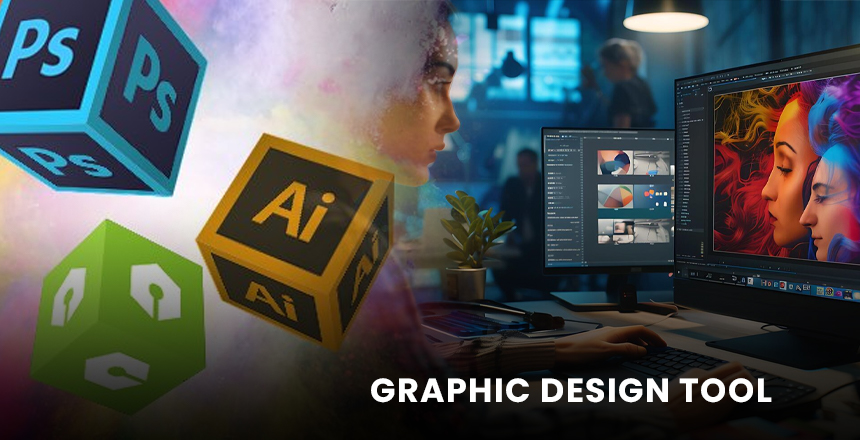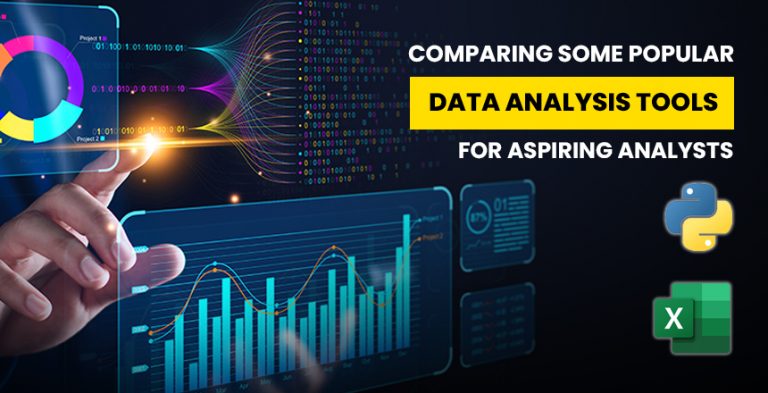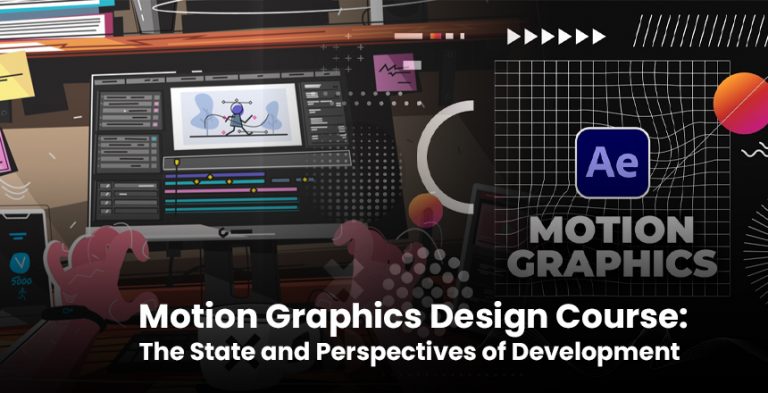Because of the digital age, graphic design can now be done by anyone, using simple software. The correct graphic design tool allows both professionals, small businesses and learners to complete their work in less time and to a higher standard.
Because of the many available design tools—whether free or paid—it’s simpler than ever to make creative visuals for social media, branding, marketing or my own personal projects. We will look at what graphic design tools are, why they are important and which ones are leading the field in 2025.
What Are the Graphic Design Tools That Authors Can Use?
Graphic design tools are used to help create, change and enhance visual materials with the help of software. They may be as basic as a simple click interface for new users or advanced enough for trained professionals. Some of the things teams use them for are:
- Logo design
- Social media images
- UI/UX mockups
- Photo editing
- Marketing materials such as brochures, flyers and posters
- Animation and video producing
Why Having a Good Design Tool Matters
The appropriate graphic design software allows you to:
- Cut down on time with the various templates and presets available.
- Make your document better by combining different types of fonts, colors and layouts.
- Aim at keeping your brand identity and style consistent.
- Join forces smoothly with other people.
- Export your work both as a JPG for the web, as a PNG for print and as a video file.
The top Graphic Design Tools in 2025
1. Adobe’s Creative Cloud Suite (Photoshop, Illustrator, InDesign)
Ideal for: People working in the finance industry
Why it’s so popular: It’s the main choice for many people. These tools from Adobe are strong, full of features and suit both detailed photo editing and illustrating in vector.
2. Canva
This is best for people just starting with SEO and for those who want to practise more.
The reason we appreciate it: It is user-friendly, includes many social media, presentation and print templates and is very simple. The free version can do a lot.
3. Figma
Fits best when used for collaborative UI/UX work.
What makes it great: Cloud-based and enables instant teamwork on website and app design projects.
4. Affinity Designer
Top pick for: Individuals or businesses who don’t have a lot to spend
Because you pay for it once and it offers many shades of Illustrator style. Freelancers and small studios will appreciate this choice.
5. Procreate
For: Drawing and illustrating on the iPad
Why it is popular: It is popular with digital artists. It can react fast, is very responsive and is very creative.
6. CorelDRAW
Print and branding are the communities this design style suits best.
We like it because it is precise and gives us everything we need for professional work.
Special Mentions
VistaCreate (previously known as Crello) is a design tool much like Canva, but it also has animation functionality.
- Gravit Designer is a vector design app made for web browsers.
- Open-source vector graphics editor called Inkscape
- A free painting and drawing application designed for illustrators is called Krita.
How to choose the Tech Tools
Ask yourself:
- What is the level of my skill?
- Will I be publishing the document for print uses, digital uses or both?
- Will I handle tasks by myself or together with others?
- How much money do I have to spend?
Some Final Thoughts
Being able to design with graphics is very important today and the software you pick can help shape your work. Either by picking a professional suite from Adobe or a simple platform from Canva, start your designing.








